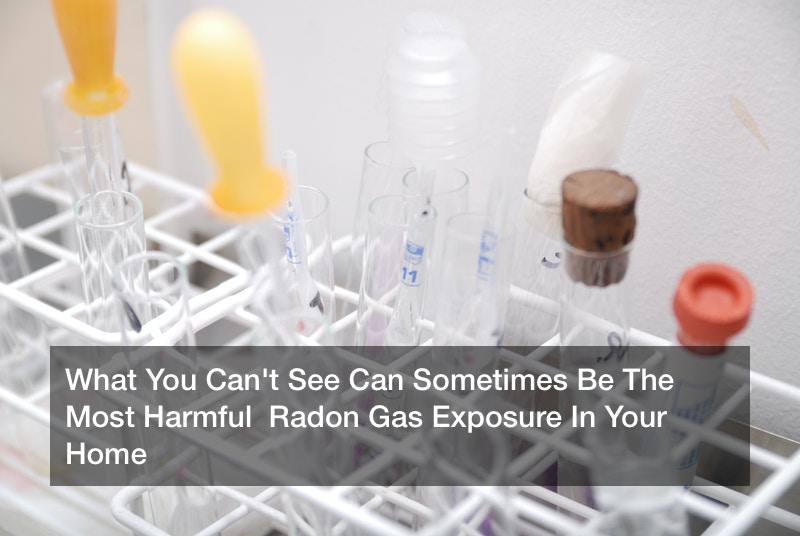What You Can’t See Can Sometimes Be The Most Harmful Radon Gas Exposure In Your Home


What happens when the safety of your own home isn’t all that safe?
This is the question that immediately crops up in light of a radon gas test that turns out positive. Whether or not this is your first time hearing of it, it’s imperative you keep reading. Radon gas is an odorless and colorless naturally occuring chemical that has been found in several American homes today, able to expose your family to extreme health conditions if not checked. Eliminating radon gas is not something that can be done yourself, either. A local radon testing company is your best chance of both identifying and removing this harmful substance from your home.
Keep you and your family safe from harm. Reach out to radon testing companies in your area for what could be a life-saving check-up.
What Is Radon Gas And Where Does It Come From?
It’s astonishing to think that something so deceptively mild can be so dangerous. Radon gas is a naturally occuring element found in nature, able to be dug up through basic construction or home repair efforts. Despite having no smell or color, it can fill up the home and leave you nauseous, dizzy, or coughing. Not unlike radiation or bacteria, just because something can’t be seen doesn’t mean it’s not dangerous. Radon testing companies work night and day to keep Americans safe from this common hazard.
What Are The Health Issues Caused By Radon Gas Exposure?
There are no good outcomes when it comes to radon gas exposure. At best you’ll find yourself with tightness of chest, headaches, and difficulty breathing. Exposed long enough and you could have an increased risk for lung cancer. The Surgeon General has issued a warning stating radon to be the second leading cause of lung cancer in the United States today. Scientists have further estimated the risk of lung cancer could be reduced by 2% or more if radon is reduced.
How Many American Homes Have Been Affected?
It’s tempting to think radon gas has skipped over your home. When it comes to short-term and long-term health problems, it’s better to be safe than sorry. According to the U.S. EPA, one out of three homes checked across seven states and three Indian lands have tested positive for high levels of radon gas. If this is hard to wrap your head around, consider: families whose homes have radon levels above 4 pCi/l are exposed to 35 times the amount of radiation of a nearby waste site. Radon testing companies are imperative to reversing this trend.
How Is Radon Gas Removed From The House?
There are several methods of removing radon from the home. A radon gas removal system has the ability of gradually flushing this harmful chemical out of your home. When one out of 15 American homes today have radon levels either at or above the EPA recommended action level, there’s no such thing as too much action taken. Short-term detectors are able to measure radon levels between two to 90 days. Long-term tests determine concentrations over 90 days.
What Is A Radon Abatement Service And How Does It Work?
When you seek out a radon abatement service, you take the first and most crucial step to removing radon gas from your home. Passive systems of mitigation are shown to be highly effective at reducing indoor radon amounts. These take on the forms of not just radon gas detectors, but ventilation fans that gradually circulate the air and cleanse it. Combining these two can see radon gas reduced by more than 50%. Also known as local sump pump excavation, this process is a slow and careful one that yields long-term results.
Keep your family safe this year and the next. Reach out to local radon testing companies and ask for a check-up.